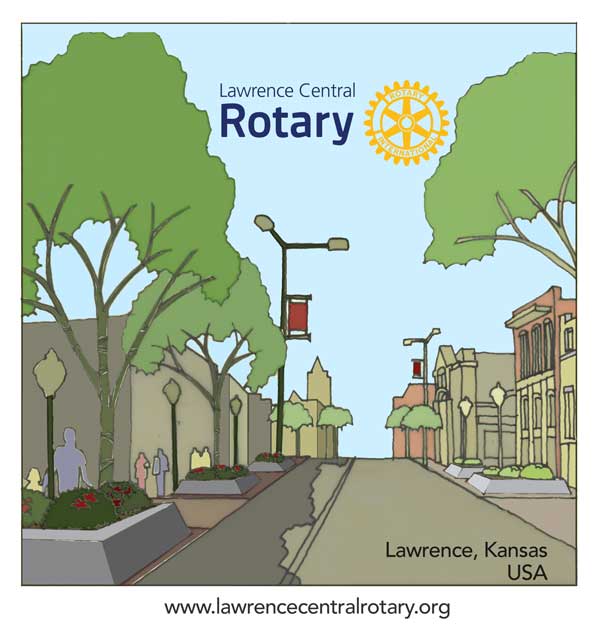Below is a repost from the Atlantic Cities website written by John Metcalfe
Britain Is Experimenting With a Glowing, Seemingly Self-Aware Bike Path
Oct 30, 2013

The spectral blue glow emitted from this British bike path looks like it should be pulsing off of magic crystals inside some miles-deep cavern. But if it saves a rider from road rash or fractured bones, then more power to the folks who made it: Let’s get even more parts of the cycle infrastructure lit up like Marie Curie’s lab table.
The so-called “Starpath” is a type of solar-enhanced liquid and aggregate made by Pro-Teq Surfacing, a company headquartered southwest of London near the awesomely titled town of Staines-upon-Thames. It’s in the prototype phase, with a test path running 460 feet in a Cambridge park called Christ’s Pieces. (The British and their delightful names!) The material works by absorbing UV rays during the day and later releasing them as topaz light. In a weird feature, it can somehow adjust its brightness levels similar to the screen of an iPhone; the path gets dimmer on pitch-black nights “almost like it has a mind of its own,” says Pro-Teq’s owner, Hamish Scott.
The company patented this curious substance to suit the needs of certain thrifty municipalities, which are trying to cut back on their nocturnal electricity bills. Here’s more about the Starpath from its makers:
It is certainly a sustainable surface, perfect for cyclist and disabled access and has a high safety margin with its anti-slip properties. It can also help to reduce the risk of collisions between cyclists and pedestrians at night without having to resort to artificial painted centre lines. The aggregate is a non-reflective light source, the lack of any glare off the surface further enhancing its acceptance in more populated areas. (eg: if this product were to be laid on a driveway in a private residence, there would be no adverse impact on neighboring properties).
Pro-Teq is hoping that governments will embrace its self-aware, supernatural-looking pathway for its energy-saving elements and the ease in which it goes down. The installation is fairly quick (the Cambridge job took about 4 hours), and because it’s a resurfacing technique doesn’t involve the burdensome disassembly and disposal of existing pathways. “The main bulk of the U.K. path network is tarmac, where perhaps it’s coming toward the end of its useful life,” says Pro-Teq pitchman Neil Blackmore in the below video. “We can rejuvenate it with our system, creating not only a practical but a decorative finish that’s certainly with the Starpath also very, very unique.”
No word yet on the private-security guards cities might need to hire to keep the Starpath free from glowstick-waving club kids:
Images courtesy of Pro-Teq Surfacing





